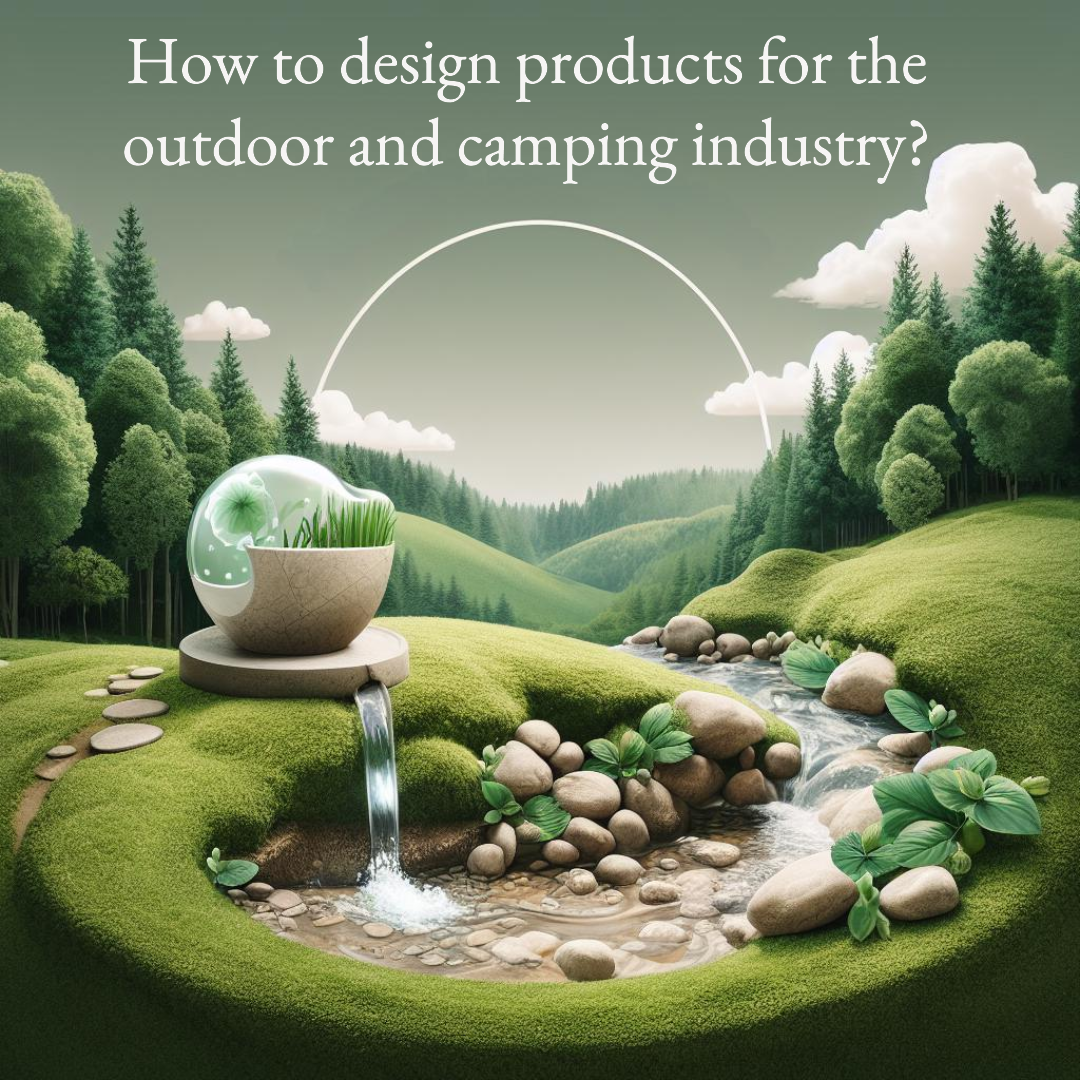How to design products for the outdoor and camping industry?
Introduction
The outdoor and camping industry is a rapidly growing market, with more and more people enjoying the benefits of spending time in nature. This growth has created a demand for new and innovative products that can help people to make the most of their outdoor adventures.
If you are interested in designing products for the outdoor and camping industry, there are a few key things you need to keep in mind. In this blog article, we will discuss the essential steps involved in designing products for this market, as well as some additional tips for success.
Step 1: Understand your target customers
The first step in designing any product is to understand your target customers. In the outdoor and camping industry, your target customers may include backpackers, campers, hikers, climbers, fishermen, and hunters.
To understand your target customers, you can conduct market research, interview customers, and analyze customer feedback. You should also consider the following factors:
- What are the biggest challenges faced by outdoor enthusiasts today?
- What new technologies and trends are emerging in the industry?
- What are the unmet needs of outdoor enthusiasts?
Step 2: Identify opportunities for innovation
Once you understand your target customers, you can start to identify opportunities for innovation. The outdoor and camping industry is constantly evolving, so there are always new opportunities to create new and better products.
When looking for opportunities to innovate, consider the following:
- Emerging technologies: Can you use new technologies to create products that are more lightweight, durable, or efficient?
- Changing customer needs: How are the needs of outdoor enthusiasts changing over time? Can you create products that meet these new needs?
- Unmet needs: What are the unmet needs of outdoor enthusiasts? Can you create products that address these needs?
Step 3: Develop your product concept
Once you have identified an opportunity for innovation, you can start to develop your product concept. This involves defining the problem that your product solves, identifying the key features and benefits of your product, and developing a prototype.
When developing your product concept, it is important to keep your target customers in mind. Make sure that your product solves a real problem for them and that it offers features and benefits that they value.
Step 4: Test and refine your product
Once you have a prototype of your product, it is important to test it thoroughly. This will help you to identify any areas where your product needs improvement.
You can test your product with a variety of people, including friends, family, and potential customers. Get their feedback on the design, functionality, and durability of your product.
Use the feedback you receive to refine your product design. Make sure that your product is easy to use, durable, and meets the needs of your target customers.
Step 5: Launch your product
Once you are satisfied with your product design, you are ready to launch your product to the market. This involves developing a marketing and sales strategy, and getting your product into the hands of potential customers.
You can market your product through a variety of channels, including online and offline advertising, social media, and public relations. You can also sell your product through traditional retail stores or through your own online store.
Additional tips for designing products for the outdoor and camping industry
- Focus on lightweight and durable materials: Outdoor enthusiasts want products that are lightweight and durable. This is important because they often need to carry their gear long distances and in challenging conditions.
- Make your products easy to use: Outdoor enthusiasts want products that are easy to use, even when they are wearing gloves or in cold weather.
- Design your products for all types of weather: Outdoor enthusiasts need products that can withstand all types of weather conditions, from rain and snow to extreme heat and cold.
- Test your products in real-world conditions: Once you have a prototype of your product, be sure to test it in real-world conditions. This will help you to identify any areas where your product needs improvement.
- Get feedback from outdoor enthusiasts: When developing and testing your product, be sure to get feedback from outdoor enthusiasts. This will help you to ensure that your product meets their needs and expectations.
Conclusion
Designing products for the outdoor and camping industry can be a challenging but rewarding experience. By following the steps outlined in this article and the additional tips provided, you can increase your chances of success.








